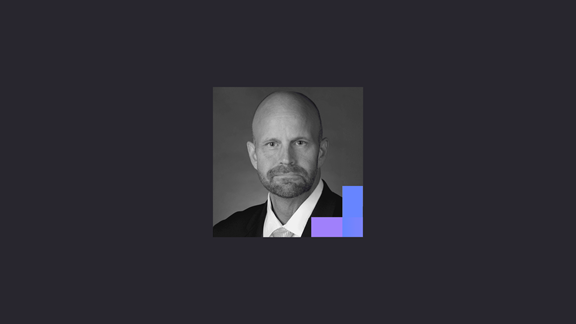In your current position, one of the first things you rolled out was the restructuring and alignment of your lines of business with the IT organization. We know that Northern Trust has moved to a distributed CIO model at the LoB level. Can you talk about that? What were some of the driving forces behind that initiative?
SOUTH:
Well, we really wanted to become more nimble in our service delivery capabilities and be more aligned with our lines of business – Wealth Management, Asset Management, Asset Servicing and what we call Shared Services. We wanted to do two things: Find a technology leader for each function who knew the business and could speak the language of that business; and organize technology groups around each business, not by function. So rather than having accounting groups and reporting groups, we are centralized around the function of the business — which makes the clients of that business the clients of our IT function.
As part of this journey, we’ve added some superb talent to the organization and have re-energized many long-time employees around our new mission of technology and business teams working closer than they have before. This summer, during the 50th anniversary of the moon landing, I made a comment to our team about how exciting it was for everyone at that time, particularly for those interested in science and technology. A big takeaway from the media coverage was a story about a maintenance person at Cape Canaveral. When someone asked what his job was, he said, “Well, I’m putting a man on the moon.”
Whether that truly happened I’m not sure, but it was certainly representative of the mission-driven model that NASA had at that time. We want our technology people to think in similar mission related terms: 'I'm providing world-class services to affluent families and endowments around the world,' or, 'I'm helping secure the assets of the largest companies in the world so their employees and retirees can sleep at night knowing that their benefits are there.' If you're mission-driven, you really go the extra mile. And if you know a little bit about our culture, as I know Kin + Carta does, that's really what our mission is all about.
One of our business leaders told me recently that while the organizational changes we’ve made aren’t fully complete, he already sees solid alignment on goals and trust between the teams, and the accomplishments of those teams are far exceeding any expectations he had. That's exciting for me to hear.
